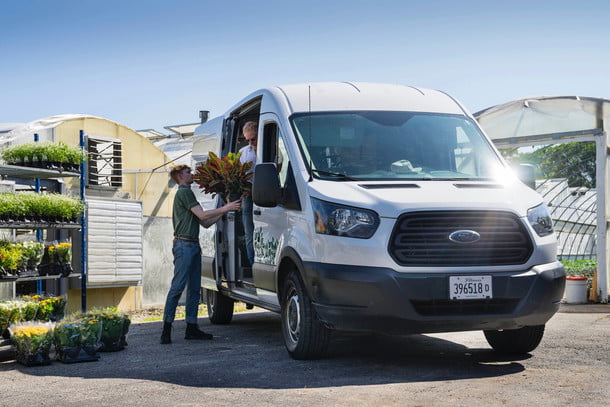When it comes to fitting out commercial vans, we are no experts. We don’t need to be: there are multiple specialists with which we, as a fleet management organisation, gladly partner up to achieve the best results. Fitting out commercial vans means making choices and we manage the process on behalf of our clients.
Discussions about fitting out vans used to be about the type of interior racks, flooring and cabinets. But the type of materials used develop rapidly. Today, outfitting materials are light-weight, meeting stringent requirements. These materials aren’t just durable and robust, they must also act as fire retardants.
Ergonomics, safety, cost savings and durability are important pillars of commercial van fitting. Particularly larger companies consider this carefully and make progress. They consider the type of use, the materials mechanics take with them and how often they actually use the materials. How do you fit out service vans to ensure mechanics always find what they need and don’t waste time looking for parts? How do you prevent unforeseen trips to the builders’ merchant? Without carrying too much, making the van too heavy? Carrying only but no less than what’s needed means the vans drive more economically, while reducing for instance brake disk wear.
Installing van equipment continues to be a tailor-made solution. Although it may seem that fitting out a commercial van is a matter of placing some cabinets, each vehicle is different and each client has different needs. Electrification of motor fleets is arguably the main development in the coming years. What fitting solutions will be needed and how do you keep the weight down? This is important, as heavy fittings will reduce the driving range of electric vehicles.


